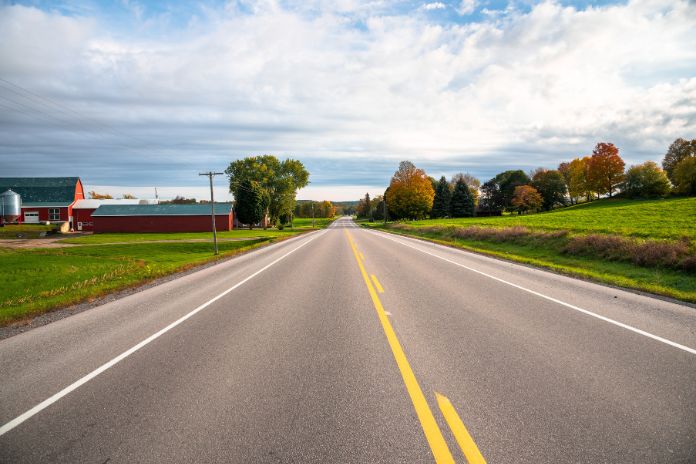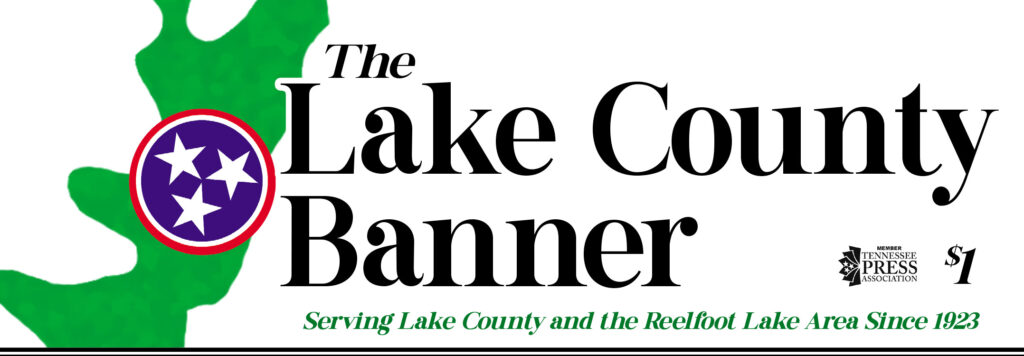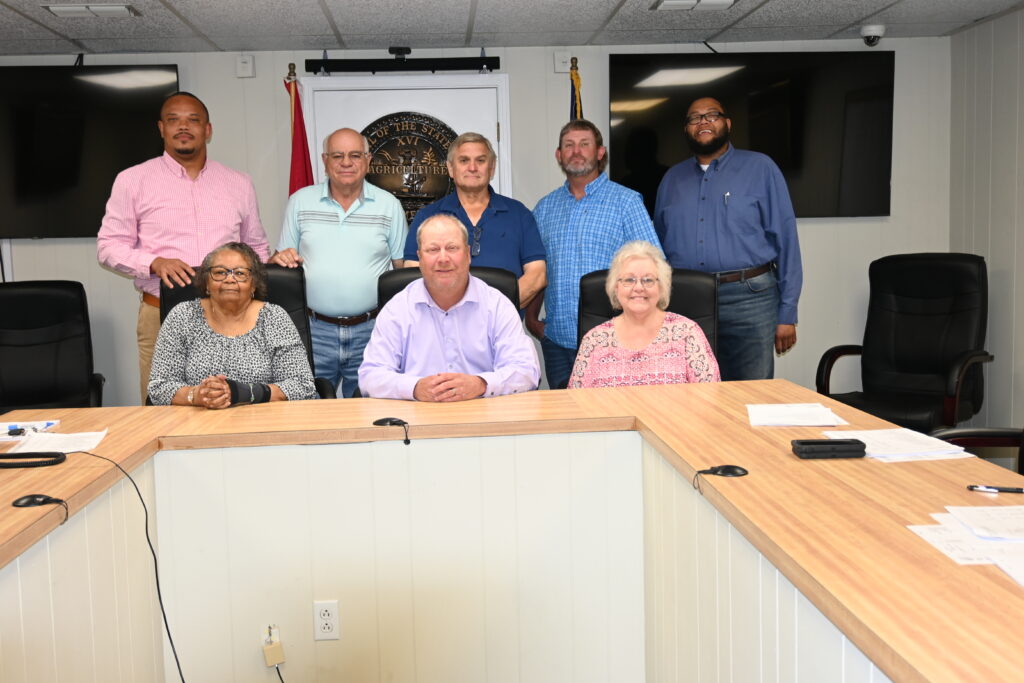
When you get behind the wheel, you take on a responsibility that stretches beyond simply getting from point A to point B. It’s about ensuring your safety and the safety of others, all while navigating a complex network of roadways that vary greatly in design and environment. With this in mind, you must consider whether rural or urban roadways are safer.
Challenges of Rural Roadways
Driving down a country lane can be serene, but it also brings its own set of challenges. Rural roadways often host a number of hazards that demand your full attention. Due to the lack of infrastructure, maintenance, and protective measures, the bucolic scenery can quickly turn treacherous.
Limited Infrastructure and Maintenance
Rural areas typically feature roads that are narrower and winding with less room for error. With fewer lanes and little to no shoulder, maintenance is a critical factor. Potholes, overgrown vegetation encroaching on the road, and uneven surfaces can be more than just annoyances—they can lead to accidents.
Lack of Illumination and Signage
Sunsets cast a beautiful glow over the fields, but in their wake, rural roads are cloaked in darkness. The absence of streetlights isn’t just an aesthetic concern; it also diminishes visibility for drivers. With impaired visibility, drivers are more likely to miss turns, encounter wildlife, and have difficulty in emergency situations.
Impaired Drivers Are More Common on Rural Roads
In rural areas, public transportation options are scarce, and distances between locations can be vast. This often leads to an increased reliance on personal vehicles and, consequently, an increase in the likelihood of encountering impaired drivers.
Challenges of Urban Roadways
Urban environments boast their own complexities when it comes to driving. With more cars and a higher population density, urban roadways can be daunting to even the most experienced drivers.
Heavy Traffic Congestion
The urban sprawl leads to congestion, often causing traffic to crawl at a snail’s pace. This has implications for safety, as slower-moving vehicles can be more vulnerable to rear-end collisions and other incidents when other drivers are not paying attention.
Complex Intersections and Road Layouts
Navigating through a concrete jungle requires a sharp mind and quick reflexes. Urban intersections can be especially tricky, with multi-lane roundabouts, frequent stoplights, and a myriad of turning options. This complexity increases the probability of wrong turns and, unfortunately, accidents.
Increased Risks Due to Distracted Driving
With the hustle and bustle of urban life, drivers often find themselves juggling multiple tasks behind the wheel. Whether it’s adjusting the radio, answering a phone call, or reading a quick text, these distractions can lead to grave consequences on the more densely populated city streets.
Which Are Safer?
So, are rural or urban roadways safer? While both rural and urban roadways have their share of risks, one isn’t inherently safer than the other. Rather, the perception of safety is often a result of familiarity. The key to safe driving is to be alert and prepared for the unique challenges each environment presents. Always remember to observe the speed limits, wear your seatbelt, and never get behind the wheel if you’ve been drinking. By practicing these simple safety measures, you can make the roads—whether winding through fields or weaving through skyscrapers—safer for all.







